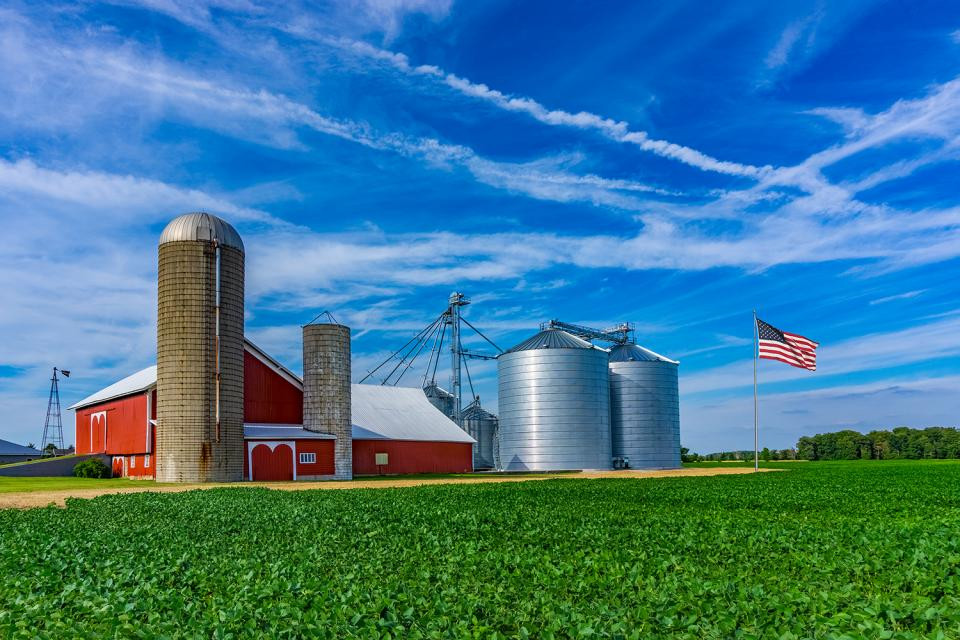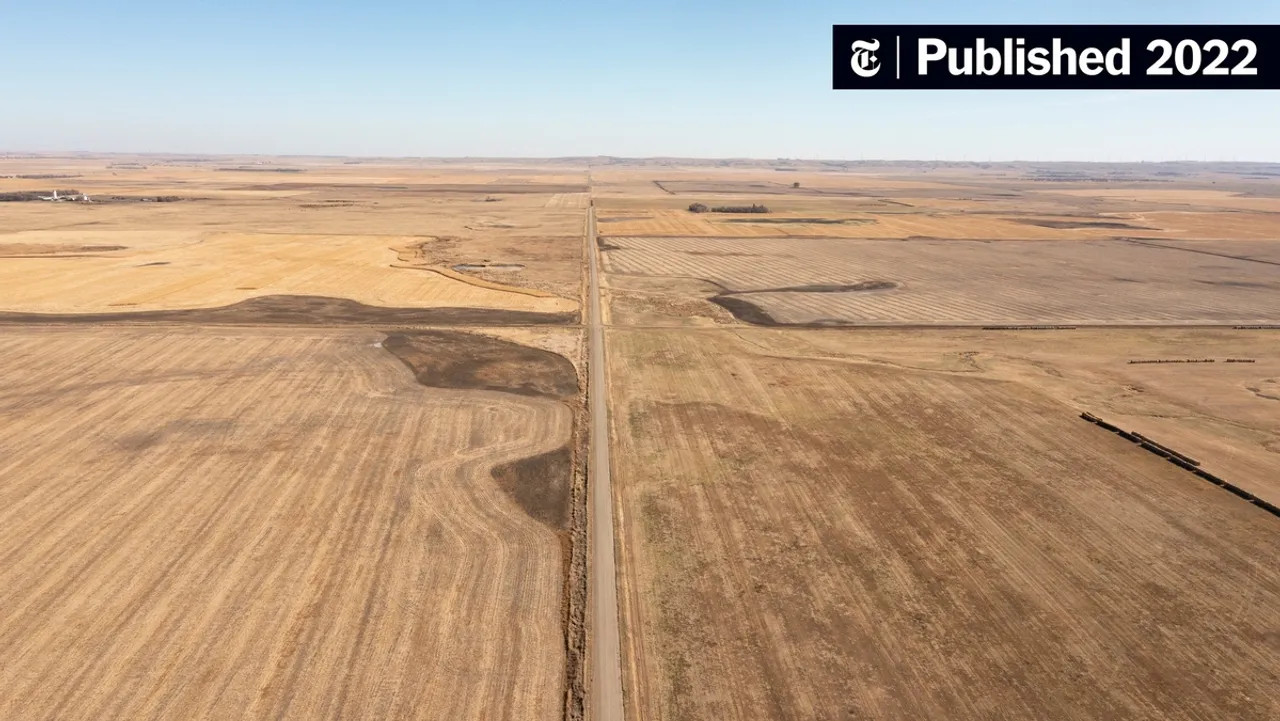A Slowdown in Farmland Prices, a Squeeze on Revenue
The rapid rise of farmland prices in the Midwest has slowed down, but this is not good news for farmers. In fact, a decline in key agricultural prices is causing a revenue squeeze, according to agricultural lenders.
The Chicago Federal Reserve reported that farmland prices increased by just 2 percent year-over-year, marking the smallest gain in nearly four years. While a slowdown in price growth might seem like a positive development, it's the concurrent decline in agricultural commodity prices that is truly impacting farmers' bottom line.
The combination of stagnating farmland prices and falling agricultural prices is creating a challenging environment for farmers. This situation is a stark reminder of the complex and interconnected nature of the agricultural economy.
The Impact of Falling Crop Prices
The decline in crop prices is attributed to a number of factors, including increased global production, trade tensions, and the ongoing war in Ukraine. These factors have combined to create a surplus of agricultural commodities in the global market, which has driven prices down.
A Look at Key Crops
The prices of key crops, such as corn and soybeans, have been particularly affected. The prices of these commodities have fallen by more than 20% since the start of the year. This significant drop has put immense pressure on farmers who rely on these crops as their primary source of income.
The decline in crop prices is not only impacting farmers' revenue but also their ability to invest in their operations. With lower prices, farmers have less money available to purchase new equipment, fertilizer, and other inputs. This can further limit their ability to increase their productivity and remain competitive in the long term.
The Importance of Farmland Prices
While the decline in crop prices is a major concern, it's important to remember that farmland prices are also a critical factor in the overall health of the agricultural economy. Farmland prices reflect the underlying value of agricultural land and are influenced by a variety of factors, including commodity prices, interest rates, and government policies.
A Key Indicator
Farmland prices can be considered a leading indicator of agricultural economic conditions. Rising farmland prices typically indicate strong demand for agricultural products and a healthy agricultural economy. Conversely, falling farmland prices can be a sign of weakening demand and declining profitability for farmers.
The recent slowdown in farmland prices is a cause for concern as it could indicate a shift in the agricultural economy. The slowdown may be a reflection of the declining commodity prices, signaling a period of uncertainty for farmers.
The Future of the Agricultural Economy
The future of the agricultural economy will be influenced by a complex interplay of factors, including climate change, technological advancements, and consumer demand. These factors will continue to shape the agricultural landscape and impact the profitability of farming operations.
Uncertainty and Adaptation
Farmers will need to adapt to these changing conditions to remain successful. This may involve adopting new technologies, diversifying their operations, or finding ways to reduce their production costs. The agricultural industry is in a state of flux, and the ability to adapt will be crucial for farmers to navigate the challenges ahead.
Conclusion: Navigating a Shifting Landscape
The agricultural economy is facing a period of uncertainty, with declining crop prices putting pressure on farm revenue. While farmland prices have slowed, they are still a critical indicator of agricultural economic conditions. Farmers must be prepared to adapt to these shifting conditions to maintain their profitability and ensure the sustainability of the agricultural sector. This is a defining moment for the agriculture industry, and it is crucial to understand the forces at play and how farmers can navigate this changing landscape.


















